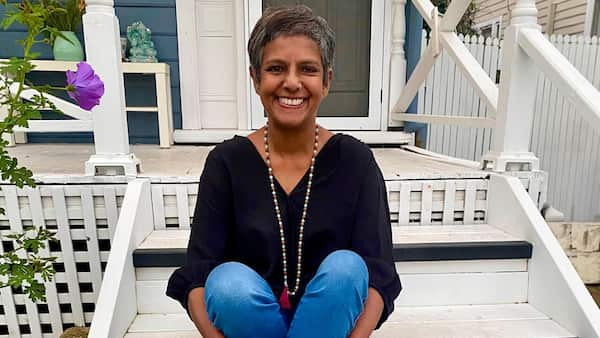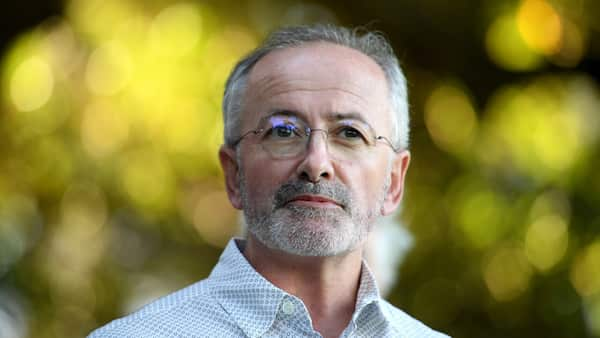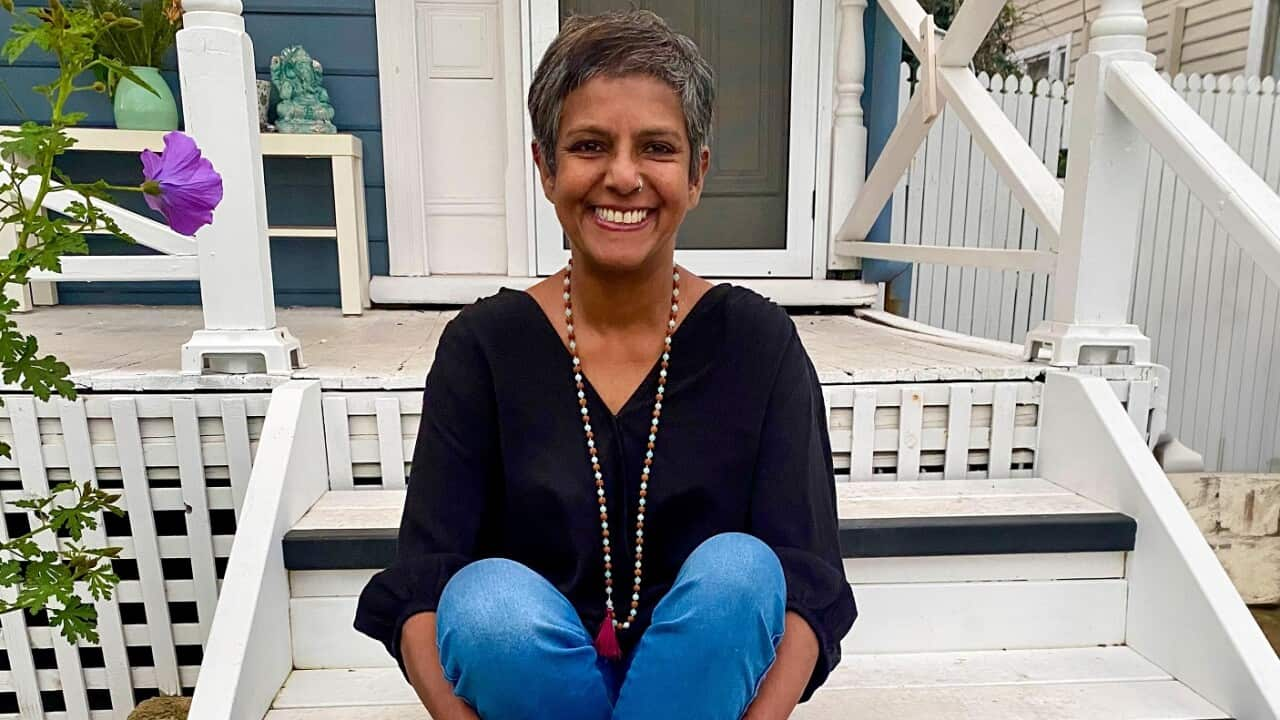jcQgErTaLjHxMaiJwetMLhOVFruhtSommlUaFYgKSdKRFfnrTWznJMorgcmOGnEuFkMIHLzIkDUNpjHfYLqxmHpiWbGdaDBMsWfAWCNobesgjxvhbfaTMXxTSCiezJmRIlpjmhlyEDMupwkhEwKHjCSwDwaFDVnizjPaMVtkyEDhWabnKRVzJeGvrbnKBjDNCwNIikiMlysBisCpbnwSMDIgNIBDcBlWSVGIcmJkALlGZhHkSotByRxpUNvlIjHVfTzmaawrbxjJzTmqveguYrcNpNseERouaAScNSnVAYzYwoayeCisrFqoAAfBhNHPzcOVcCoTdAHmdSyvNwnWWTDuKEeuwePDLtZfOlCDEsneijNIhaGQBEkmcfkKHLXWyottXZONALfOQVrFCYQiCzOgUhSGXXvghljACauaSbthEBOzFqWsJzenvDdqSvvNJyYrkMgQmxEniZnZHMPgxNrvkiRSpgBxkfSEHWoutCoPIiCfVOpXCmyyBLQamtRmATyUNOMIpFCpbiEvGXvwulUDwJpXaZKxcUGTgAIQLyykHCsxtXDwJwAwqtXnJmPUluSZvgWEtaxyyZSlppVLyteXeAGmazYDLfjLoKjkmxGMhibAcIIeqvfPasPNuStkgXCggHXJbZqLwbUsnneikCUBrfTbYXuAozBpzriCHtgVjPqmwclbZKCvLCizyZeKhUHJoNqRnNpFzZDNGSXLjLgOHrtAJZRtfIaaiLuPMsEpDVxjnUQaRlsmXOWHZMzZHsHZZFrhVlUjhvoDyRwHiBbSwsThktSRdNrhrUlkcgyqtWgsuYaFgqtcxRqjbMekeeLwwNboORzzJJDQZfHdBFLQNskjJuihPpurNPvwQFwMRjxQmBcNTsTUsKMxTtBOopQJmvSjqiwYHuecGhUaVhLbRKCLcdmtoRBCgHCfGlKgvsgfQXBHKjAUQhNJfEJqRIkNpieZkqziIMfoTGzTEmiirvXPgmAtCDNSUsuwoGvWbYWoEpJFQjfhzbyTQcrSOXaiOpveNYFhgZzMY
Since voluntary assisted dying (VAD) was legalised across much of Australia, almost 2,500 terminally ill people have chosen to end their lives this way.
VAD is currently legal in. Victoria led the way, passing laws in 2017 to make the practice legal in the state from 2019.
The practice is not yet legal in the Northern Territory or ACT, but will be available in the latter from 3 November 2025. A report aimed at developing a framework for VAD in the Northern Territory was released this year.
A found that, while VAD only made up somewhere between 0.5 per cent and 1.6 per cent of deaths in Australian states, demand was growing and there were still several barriers to access.
The report also raised concerns about a shortage of VAD practitioners.
The Victorian VAD review board’s recently released annual report showed the proportion of VAD deaths that involve practitioner administration in the state was 19 per cent, which is significantly lower compared to other states.
In Western Australia, for instance, 82.4 per cent of VAD deaths involve practitioner administration, according to the state VAD board’s 2022–23 annual report.
Western Australian doctor Bhawani ‘Bu’ O’Brien is one of the VAD practitioners behind what the report said was an ongoing “shift from self-administration to practitioner administration” — a job she’s been doing for almost two years.
She spoke to SBS News about why she chose this career path, how it emotionally affects her, and how the VAD process in Australia works.

Why did you choose to help people end their lives?
“It’s a privilege to do, really. And in a way, it’s giving back something to people who are really struggling towards the end.
Being a GP has changed a lot and is now very time-consuming. We have to get patients in and out, and you don’t form those same relationships anymore, which is a shame.
VAD allows us to do that; you form a relationship with the patient through the assessment process.
Generally, the process takes about two to three weeks of various visits, and you meet the most incredibly courageous people — the patients, and their families.
It really just gives me faith in people again.”
Are you emotionally affected by their deaths?
“As doctors, we’ve seen so many people die. We’ve seen people die from the day we do our first jobs in the hospital, and I think at this stage, all of us really can’t take that grief on.
What’s on my mind on that day is making it as smooth-flowing as possible for the patient with the admin and the family … My aim is that the family doesn’t focus on what I’m there to do. Instead, they focus on being with their loved ones.
Obviously, we’re very moved by some of the goodbyes that are said. Sometimes, there are jokes, poems, goodbyes, and advice from the patient to be good to each other and to love each other. It’s a huge privilege to be part of those conversations.
We try to make ourselves as invisible as possible, but it’s not my grief to carry.”

Does the patient administer the substance themselves, or do you?
“In Australia, the only people who can touch the substance are the patients if they’re going to take it themselves, and the doctor if its practitioner assisted.
My role is to get to know the patient and assess their eligibility, which has a few different criteria. The main one is their survival has to be short-term. And the other big one that people don’t realise is that patients must have capacity throughout this process.
Even when they come to the administration, they have to know what they’re doing. They have to consent.
The substance is a liquid or intravenous medication, and it comes at the end of an average three-week assessment process of preparation, assessing eligibility, and then preparing the patient and family for what would happen on the admin day.
Bearing in mind that I think 30 to 40 per cent of people who have VAD in place end up not using it.”
On that final day, when the substance is going to be administered, what’s it like for the patient and their loved ones?
“The three words I hear patients use throughout the assessment process, which seems repetitive, are ‘control, choice, and relief’.
They talk a lot about knowing they’re going to die in the short term. When we start going through the process, they use sentences like, ‘I feel like I’ve got some control over my death now, and I have a choice of when I die’.
There’s so much control over how we give birth and birth plans because it’s a happy occasion.
Now, VAD offers patients control over their deaths.
In the room we sit in, sometimes there is laughter and celebration of that person’s life. There are helium balloons, champagne, and family jokes being shared…”
Some questions and answers have been edited for brevity and clarity.
Readers seeking crisis support can contact Lifeline on 13 11 14, the Suicide Call Back Service on 1300 659 467 and Kids Helpline on 1800 55 1800 (for young people aged up to 25). More information and support with mental health is available at and on 1300 22 4636.
supports people from culturally and linguistically diverse backgrounds.
Griefline provides confidential support on 1300 845 745 and via
